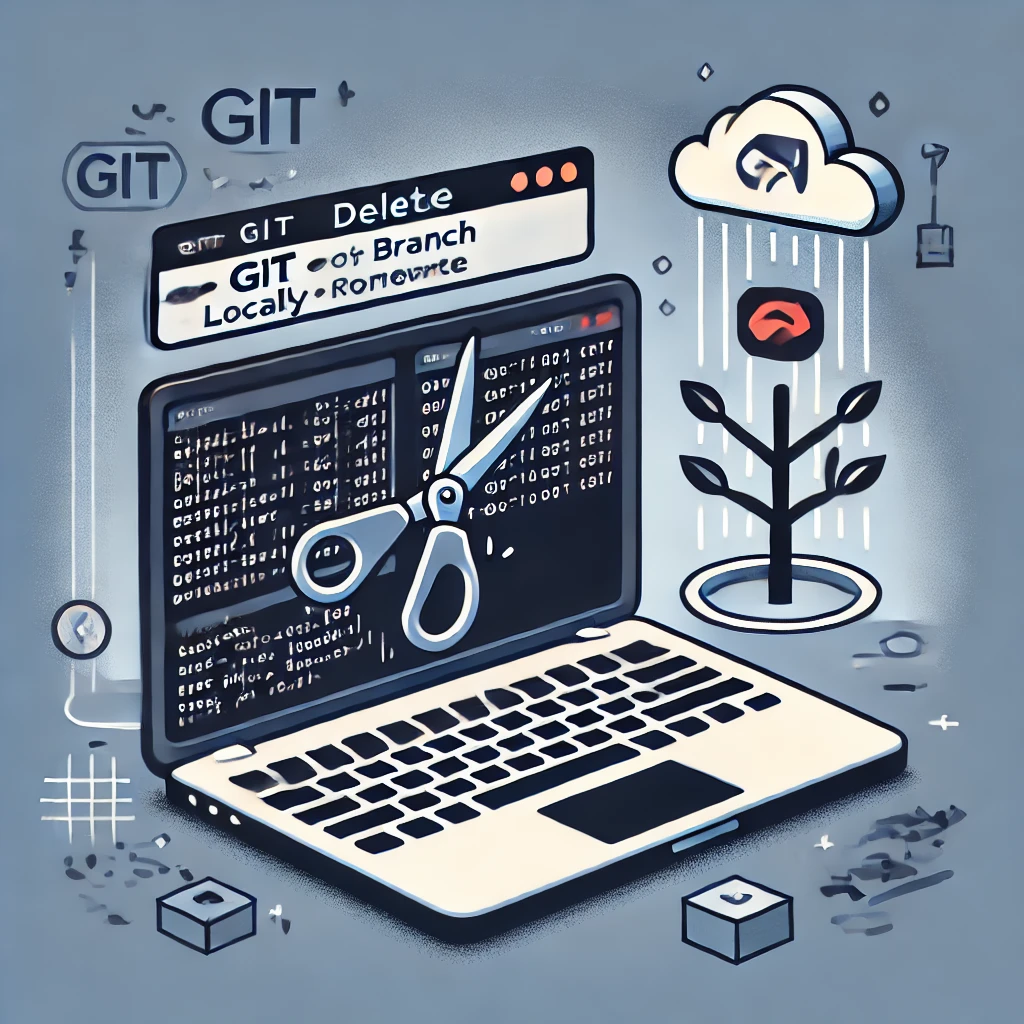
1. Understand What Branches Are
In Git, branches are pointers to specific commits in your repository’s history. They allow you to work on different features, bug fixes, or experiments without affecting the main codebase. Once you’re done with a branch and it’s no longer needed, you might want to delete it to keep your repository clean.
2. Deleting a Local Git Branch
To delete a branch locally, ensure the following:
- The branch you want to delete is not the one you’re currently working on.
- All changes in the branch have been merged or are no longer needed.
Steps to Delete a Local Branch
1. Switch to a Different Branch
You cannot delete the branch you are currently on. Switch to another branch, usually main or master:
git checkout main
2. Run this git command to delete local branch
Use the -d (delete) flag to remove the branch:
git branch -d branch_name
- This command only works if the branch has been fully merged into its upstream branch.
- If the branch is not fully merged, Git will warn you and prevent deletion.
3. Force Delete (if necessary)
If you’re sure the branch can be deleted (even if it hasn’t been merged), use the -D flag:
git branch -D branch_name
(forcefully delete local branch)
3. Delete Remote Branch
When you push a branch to a remote repository (e.g., GitHub, GitLab, Bitbucket), a copy of the branch exists on the remote server. Deleting a local branch does not affect the remote one, so you’ll need to delete it separately.
Steps to Delete a Remote Branch
Run this git command to delete remote branch
- Delete the Remote Branch Using Git Command
Use the git push command with the –delete option:
git push origin --delete branchname
Here:
origin is the default name of your remote repository. Replace it if your remote has a different name.
branch_name is the branch you want to delete.
- Verify the Deletion
List the remote branches to confirm the deletion:
git fetch --prune
git branch -r
The –prune option ensures stale references to deleted branches are cleaned up.
